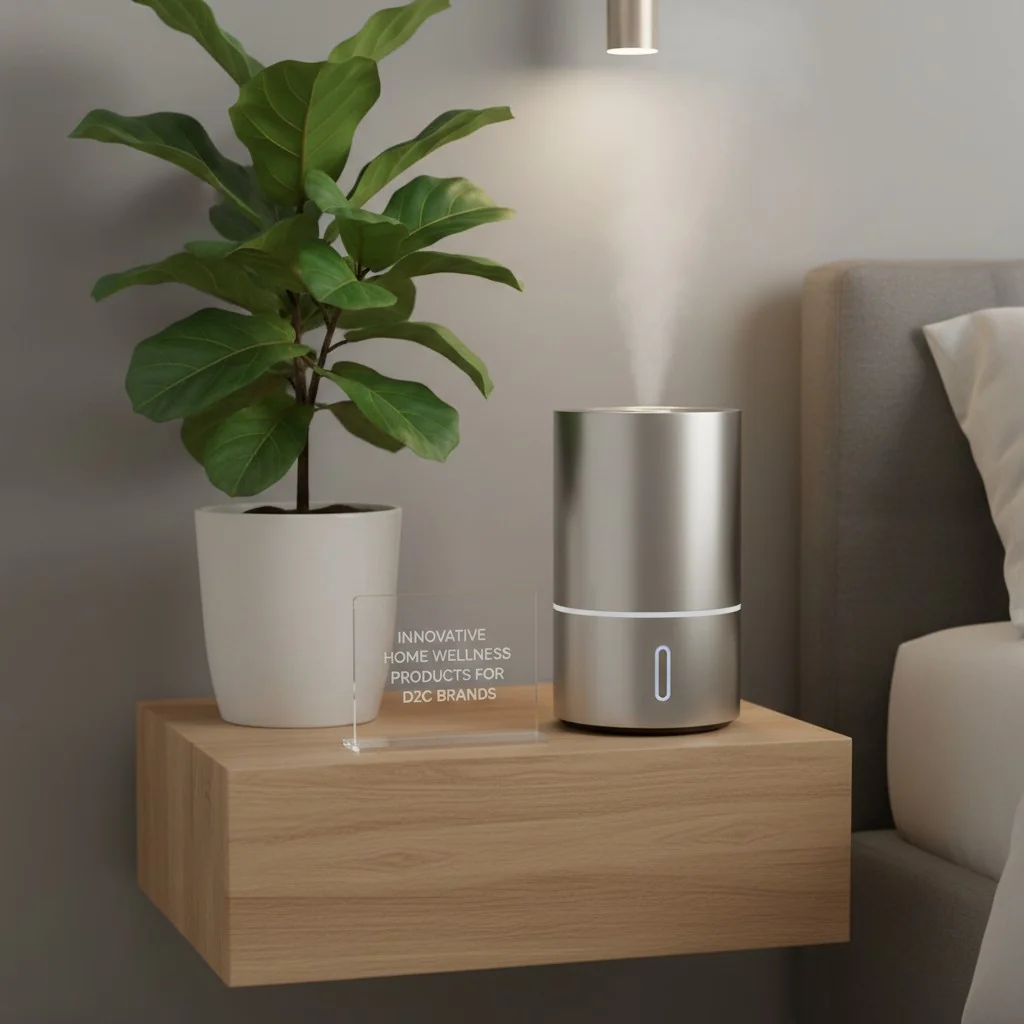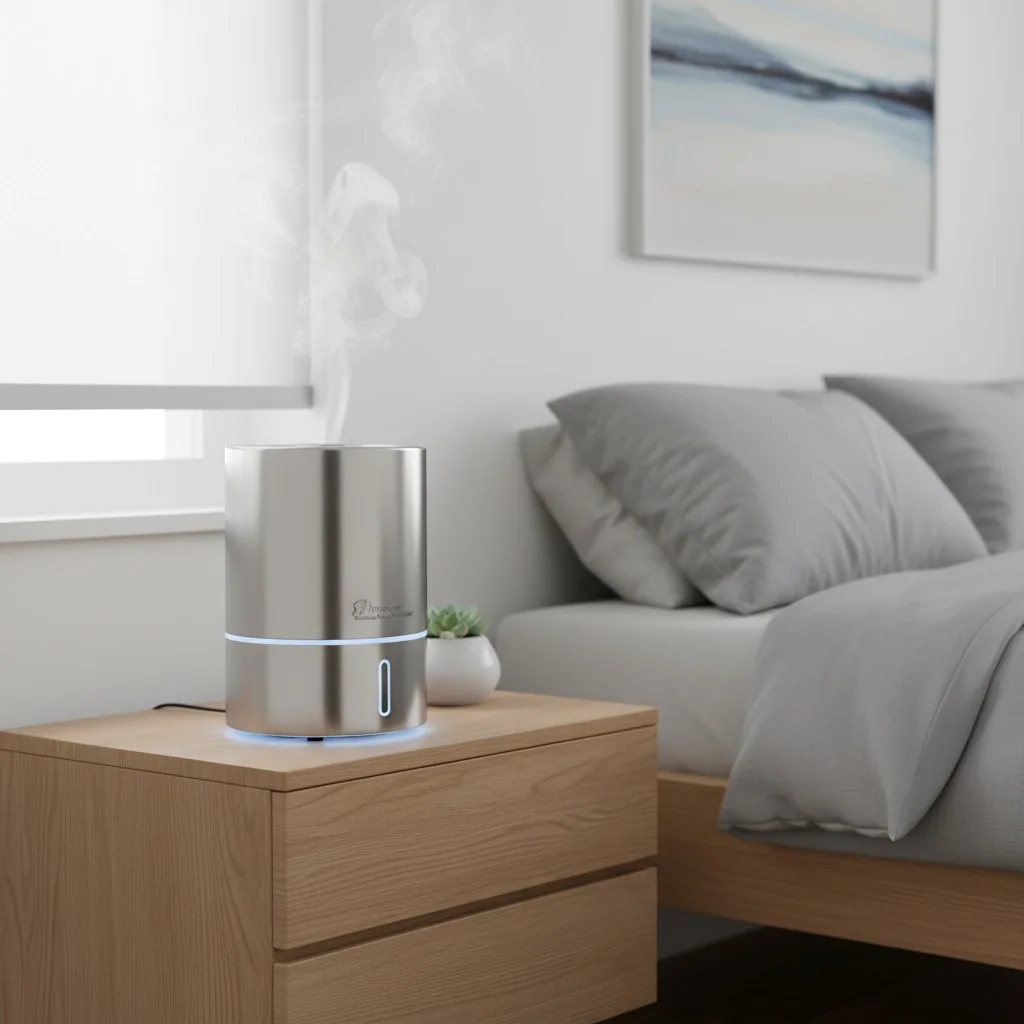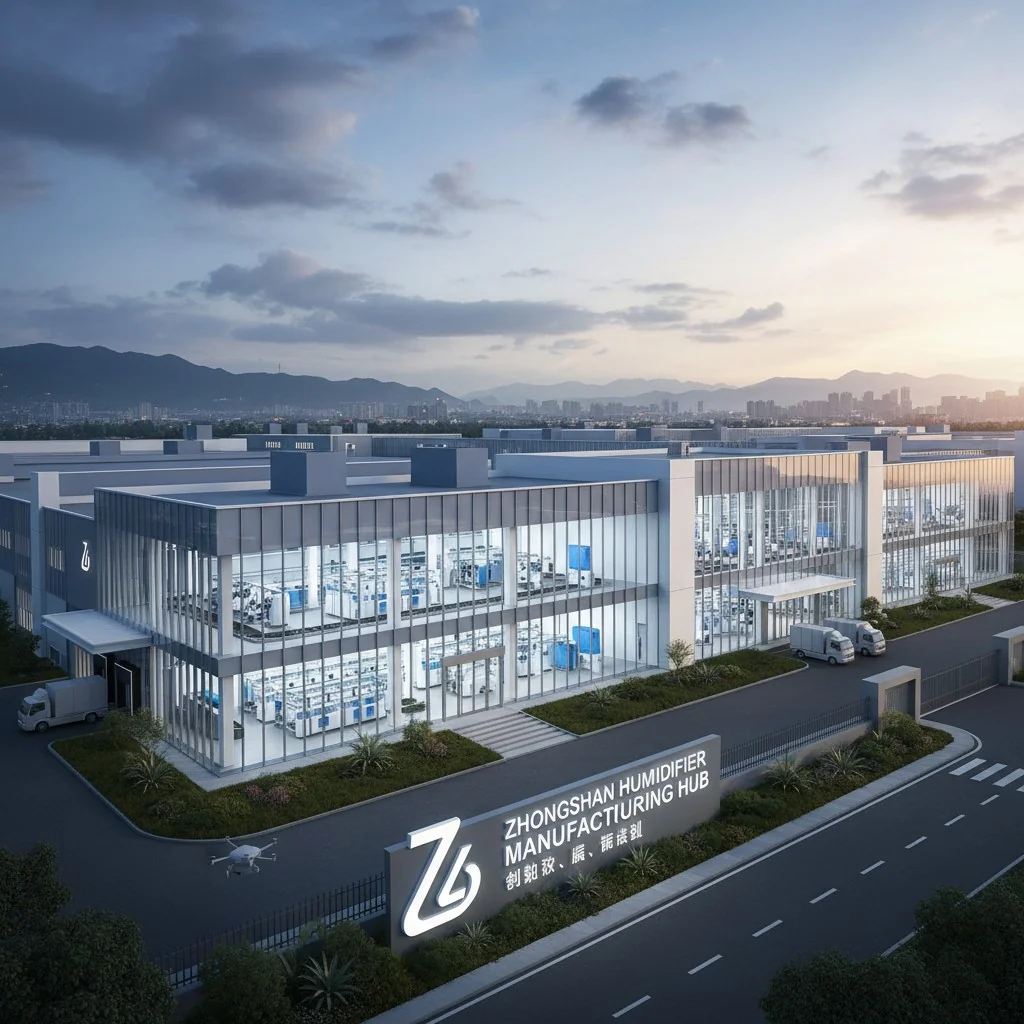
家庭できれいな空気を吸いたいとは誰もが思うことだが、空気清浄機が本当にその役割を果たしているかどうかは、どうすれば確認できるのだろうか?
空気清浄機の性能を効果的に測定するには、次のような主要な指標に注目します。 CADR (クリーン・エア・デリバリー・レート)、騒音レベル、そして次のような先進技術である。 シーシーエム (Clean Capture Measure)。これらの要素により、浄化装置の効率と効果を総合的に理解することができます。
一方 CADR と騒音レベルは出発点となりますが、高度な技術と性能指標を深く掘り下げることで、より微妙な評価が可能になります。以下のセクションでは、これらの点について詳しく説明し、十分な情報に基づいた意思決定を支援します。
CADRが高いということは、空気清浄機の性能が高いことを意味する。真
CADRは、1分間に濾過される空気の量を測定するもので、値が大きいほど汚染物質の除去効率が高いことを示す。
どのように CADR 空気清浄機の効果に影響?
空気清浄機の何が本当に効果的なのか?それは CADR!
CADR清浄空気供給率は、空気清浄機の有効性を判断する上で非常に重要です。これは、空気清浄機が1分間に送り出すろ過された空気の量を測定します。高いほど CADR は、特に室内環境から煙、花粉、ホコリなどの特定の汚染物質を除去する性能が優れていることを示している。
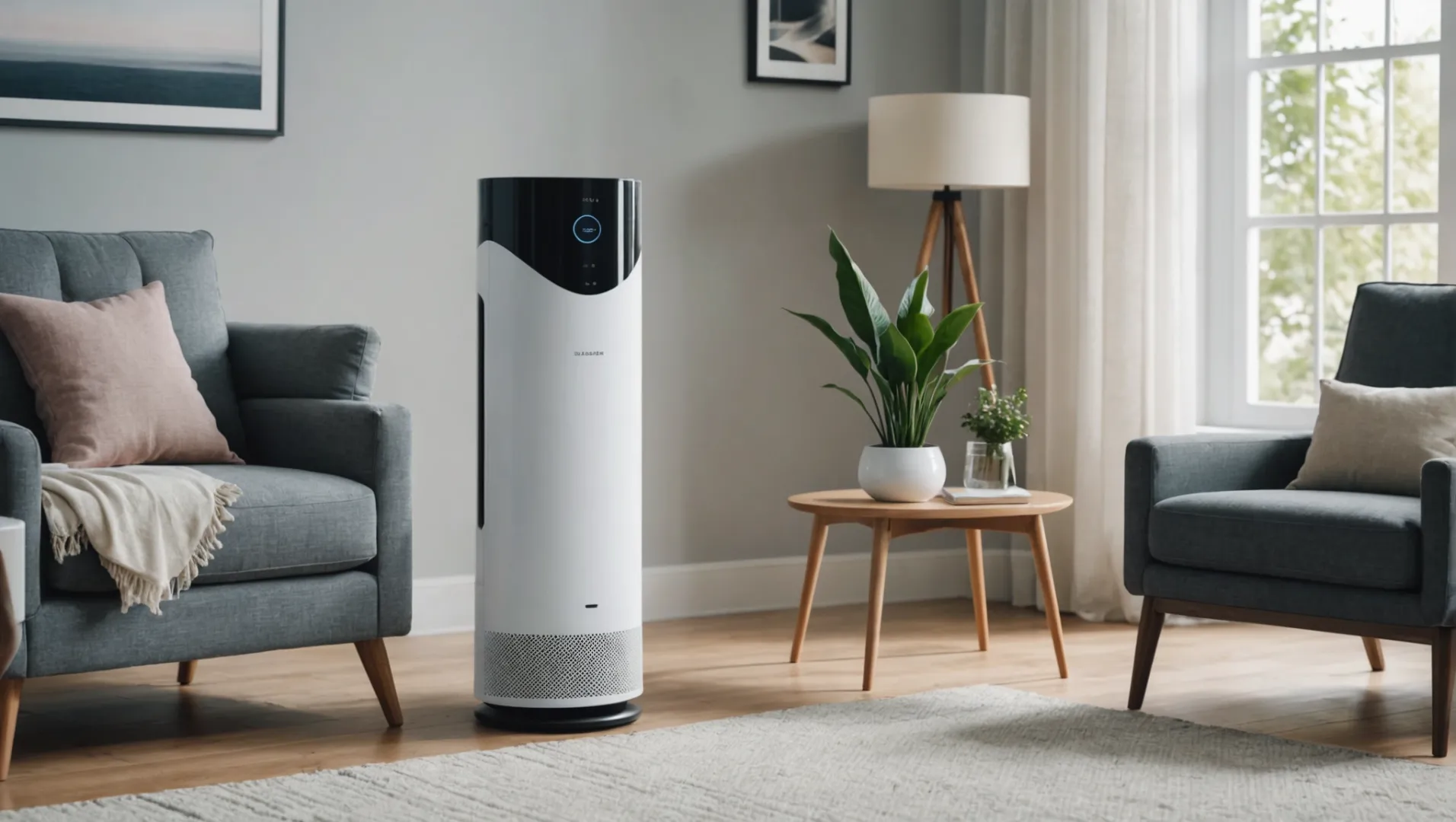
理解する CADR その重要性
CADR清浄空気供給率(Clean Air Delivery Rate)は、空気清浄機が特定の広さの部屋の空気をどれだけ清浄するかを評価するために使用される指標である。この率は、一定期間内に煙、ほこり、花粉などの特定の粒子がどれだけろ過されたかを測定することで決定される。
| 汚染物質の種類 | 説明 |
|---|---|
| スモーク | 空気清浄機が効果的に処理できる最小の粒子サイズを表す。 |
| ダスト | 一般的な空気の清浄度と、より大きな粒子を除去する空気清浄機の能力を示す。 |
| 花粉 | 空気中のアレルゲンを捕捉する効率を測定する。 |
より高い CADR の数値は、より効率的なろ過を意味する。例えば、アレルギーで悩んでいるのであれば、濾過効率の高い空気清浄機を選ぶだろう。 CADR アレルゲンを効果的に除去するために、花粉の有無を確認します。
CADR 対部屋のサイズ
で空気清浄機を選ぶ CADR 部屋のサイズに合ったものを選ぶことが重要です。一般的に CADR の数値が大きいほど、広い部屋を効果的に浄化できる。数値の低い清浄機を使用すると CADR お部屋のサイズに必要な空気量よりも多い場合、空気清浄が不十分になることがあります。
バランシング CADR 騒音レベル
一方で CADR 迅速で効率的な浄化を行うには、ファンの回転数を上げることで騒音レベルを上げることが望ましい。HisoAirのようなブランドは、以下のようなバランスをとる技術でこの問題を解決してきた。 高い CADR ノイズリダクション付き1.つまり、きれいな空気のために安らぎと静けさを犠牲にする必要はないのだ。
強化する先端技術 CADR
最近の空気清浄機の中には、次のような高度なフィルター技術を利用したものもある。 シーシーエム (クリーン・キャプチャ・メジャー)の性能をさらに高める。 シーシーエム この技術により、フィルターの寿命と効率が改善され、高水準の持続に寄与している。 CADR を長期にわたって維持することができる。これは空気の質の維持に役立つだけでなく、長期的なメンテナンスコストの削減にもつながる。
CADRが高いということは、空気清浄機の性能が高いことを意味する。真
CADRは濾過された空気の体積を測定するもので、値が大きいほど効果が高いことを示す。
低CADRは広い部屋に適している。偽
CADRが低いと、広い空間の空気を十分に清浄できず、効果が低下する可能性がある。
なぜ騒音レベルは重要な要素なのか?
なぜ騒音レベルが空気清浄機にとって重要な要素なのか、不思議に思ったことはありませんか?それはデシベルの問題だけではありません。
空気清浄機の騒音レベルは、ユーザーの快適性と運転効率に大きく影響します。高騒音は連続使用を妨げる可能性がある一方、低騒音レベルは特に寝室やオフィスでの快適性を保証します。騒音と性能のバランスをとることが、効果的な空気清浄機の鍵となります。
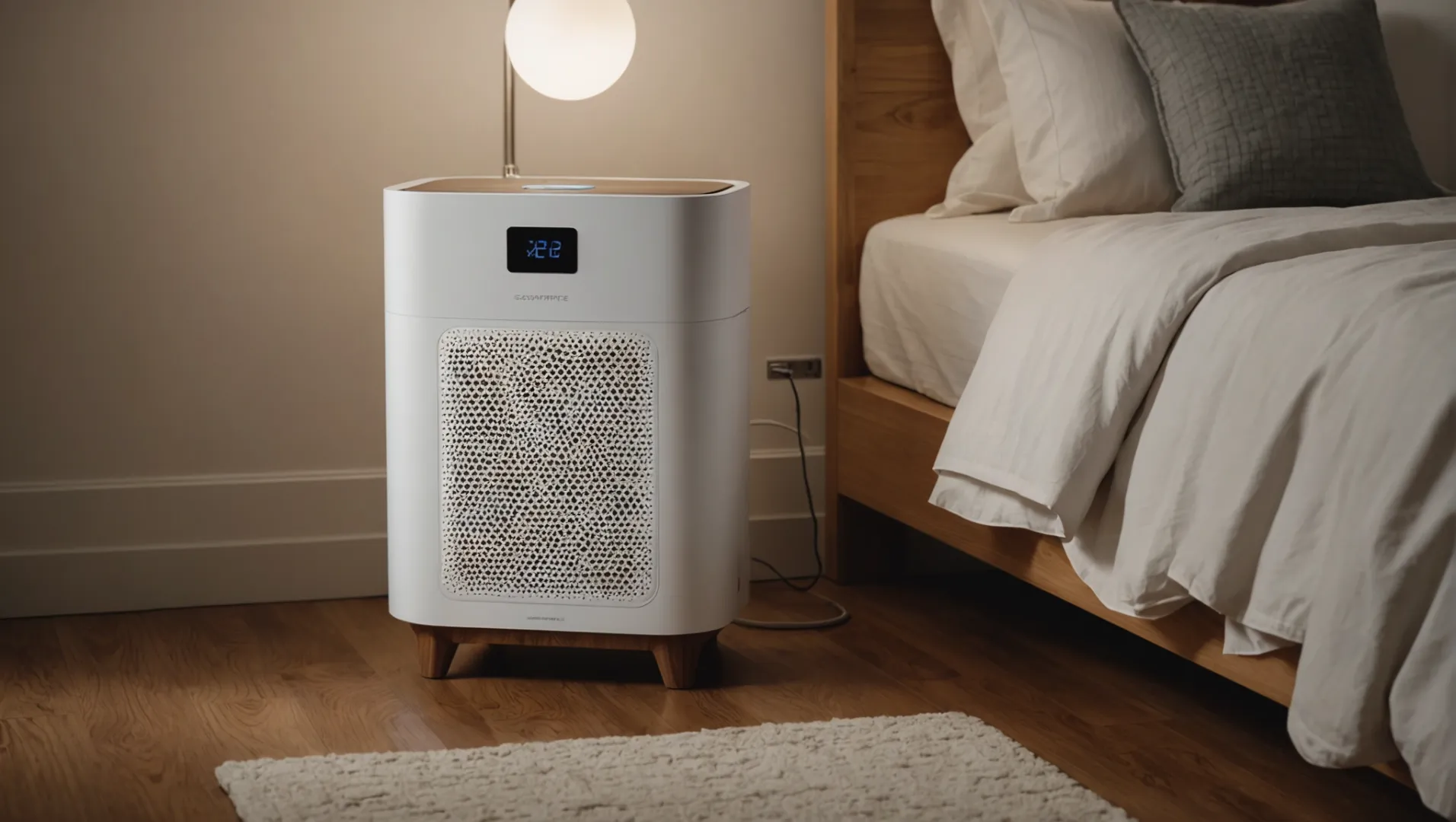
日常生活における騒音レベルの重要性
空気清浄機を選ぶ際、騒音レベルは日常生活に大きな影響を与えるにもかかわらず、見落とされがちです。冷蔵庫よりも大きな音を立てる空気清浄機を寝室に置くことを想像してみてほしい。これは睡眠を妨げ、不快感や不満につながります。より静かな装置であれば、邪魔されることなく作動するので、以下のような用途に適しています。 寝室使用2.
パフォーマンスと快適性のバランス
よくある誤解は、高性能な空気清浄機は強力なモーターやファンを搭載しているため、本質的に騒音が大きいというものだ。しかし デシベル・キャンセル技術 はこの考え方に挑戦している。HisoAirのようなブランドはこの技術のパイオニアであり、高い清浄空気供給率(CADR騒音は最小限に抑えられている。この技術により、ユーザーは快適さを損なうことなく、パワフルな空気清浄のメリットを享受することができます。
騒音レベルとエアフロー
一般的に、エアフローが大きいとノイズレベルも高くなり、メーカーにとっては難題となる。しかし、風量と騒音レベルの両方を最適化したモデルを設計している企業もあります。例えば、HisoAirのモデルは、革新的な設計要素を活用することで、音の発生を最小限に抑えながら強力な空気循環を実現しています。
騒音レベルの評価
空気清浄機が空間に適しているかどうかを判断する際は、メーカーが提示している定格デシベルを確認すること。経験則として、睡眠空間では空気清浄機は50デシベル以下で運転する必要があります。以下は、騒音レベルを理解するための簡単なガイドです:
| デシベル・レベル | 知覚騒音レベル |
|---|---|
| 30 dB | ウィスパー |
| 40 dB | 静かな図書館 |
| 50 dB | 適度なオフィス騒音 |
| 60 dB | 通常の会話 |
これらの指標を理解することで、清浄効率と快適性のバランスが取れた空気清浄機を選ぶことができ、性能のために安らぎを犠牲にすることがなくなります。
高い騒音レベルは空気清浄機の使用を妨げる。真
大音量の空気清浄機は睡眠を妨げ、ユーザーの快適性を低下させる。
デシベル・キャンセル・テクノロジーがノイズを増加させる。偽
この技術は、空気清浄機の性能を維持しながら騒音を低減する。
デシベル・キャンセル技術が果たす役割とは?
空気清浄機からの大きなハミング音に煩わされることなく、クリーンで新鮮な空気を自宅で楽しむことを想像してみてください。
デシベル・キャンセル技術は、高性能空気清浄機のノイズを最小限に抑え、より静かで快適な室内環境を実現します。この技術により、空気清浄機は、一般的に強力な気流に伴う破壊的なノイズを発生させることなく効率的に動作し、家庭での使用に適しています。
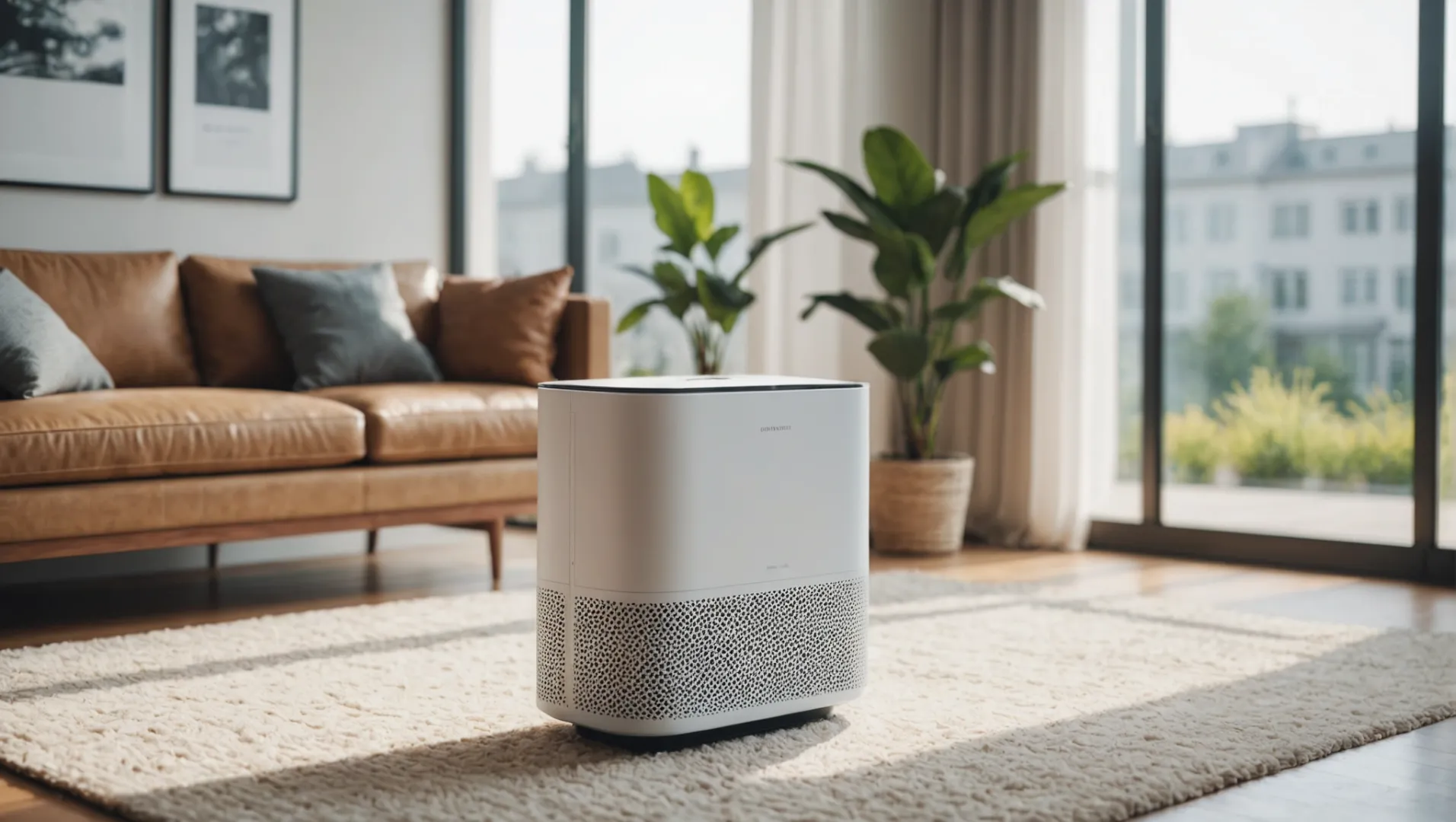
デシベル・キャンセル技術を理解する
デシベル・キャンセル・テクノロジーは、空気清浄機から発生するノイズを大幅に低減する最先端の技術革新です。これは、装置から発生する騒音と正反対(逆位相)の音波を発することで機能する。これらの音波が衝突すると、互いに打ち消し合い、より静かな動作につながります。このプロセスは、家庭やオフィスなど静寂が重視される環境では特に有益である。
空気清浄機におけるデシベル・キャンセリングの利点
デシベル・キャンセル技術の主な利点のひとつは、高い音質を維持できることだ。 CADR3 騒音レベルを上げることなく。 CADR清浄空気供給率(Clean Air Delivery Rate)とは、空気清浄機がどれだけ早く室内の浮遊粒子を除去できるかを示す重要な指標です。一般的に CADR 風量が増えるということは、ノイズが増えるということです。しかし、デシベル・キャンセルはこの問題を軽減し、高性能と静粛性の両立を可能にする。
例えばヒソエアは、20年以上にわたる専門知識を活かして、最も静かで最も効率的な空気清浄機を開発するために、デシベルキャンセルを製品に組み込んでいる。この技術はユーザーの快適性を高めるだけでなく、安らぎと静けさが重視される現代のライフスタイルにも合致している。
今後のトレンド
より静かな家電製品を求める消費者の声が高まるにつれ、デシベルキャンセル技術の役割は拡大していくだろう。空気清浄機だけでなく、さまざまな家庭用機器にこの技術を採用するメーカーが増えることが予想される。このシフトは、高性能が快適さを犠牲にすることのない新しい生活水準を促進するだろう。
騒音レベルの比較
| ブランド | 騒音レベル (dB) | CADR (m³/h) | 特集 |
|---|---|---|---|
| ヒソエア | 25 dB | 350 | デシベル・キャンセル |
| ブランドX | 45 dB | 300 | 標準操作 |
| ブランドY | 50 dB | 320 | 強化された濾過 |
この表は、空気清浄機の性能を維持、あるいは向上させながら、デシベルキャンセルによって騒音レベルを大幅に下げることができることを示しています。
デシベル・キャンセル技術は、効率と安らぎの調和をもたらし、現代の空気清浄機の重要な要素となっている。
デシベルキャンセリング機能により、空気清浄機の騒音を低減。真
デシベルキャンセルは、逆位相の音波を発してノイズを打ち消す。
CADRが高いほど、空気清浄機の騒音レベルが高くなる。偽
デシベルキャンセルにより、ノイズを増やすことなく高いCADRを実現。
どうすれば シーシーエム フィルターの寿命とコスト削減に影響?
どのように シーシーエム テクノロジーは、フィルター寿命を延ばすだけでなく、コストも削減する。
シーシーエム (Clean Capture Measure)は、より多くの微粒子を捕捉することでフィルターの寿命を延ばし、交換頻度と関連コストを削減します。この指標は、空気清浄機の長期的な効率と経済的な利点を評価するのに役立ち、消費者にとって極めて重要な考慮事項となっている。
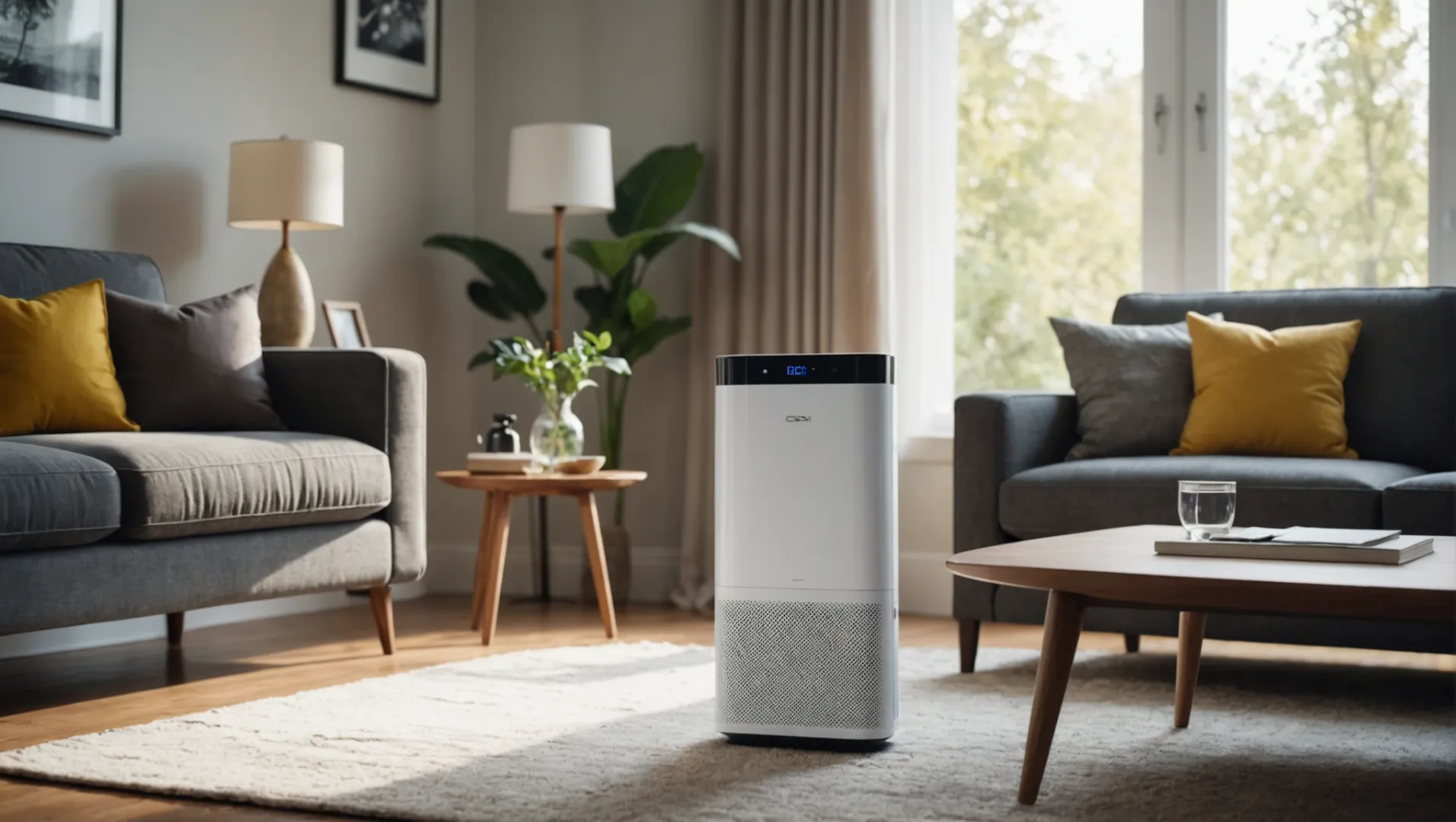
理解する シーシーエム in 空気清浄機
シーシーエムClean Capture Measure)は、消費者が空気清浄機の長期的価値を評価する方法に革命を起こす新たな指標である。などの従来の評価基準とは異なり CADR空気清浄のスピードに重点を置いている、 シーシーエム は、フィルターが長期にわたって微粒子を捕捉・保持する能力を重視している。つまり、より高い シーシーエム レーティングは、交換が必要になる前に、より多くの粒子を捕捉することができ、寿命の延長とコスト削減につながる。
粒子保持の強化による長寿命化
の基本原則である。 シーシーエム は、より大量の汚染物質を保持する能力である。高濃度空気清浄機 シーシーエム HisoAirのような高度な技術を持つ企業が開発したレーティングは、より多くのほこり、花粉、煙、その他の空気中の粒子を捕捉するように設計されたフィルターを備えています。これにより、フィルターが目詰まりして効果を発揮しなくなる時期を遅らせ、使用可能な期間を延ばすことができる。
高い経済効果 シーシーエム 格付け
コスト面からも、優れた空気清浄機に投資することは重要である。 シーシーエム の評価は、時間の経過とともに大幅な節約につながります。フィルター交換の回数が減るということは、継続的な出費が減るということであり、これらの機器を長期的に使用する場合、より経済的になる。例えば、標準的な空気清浄機が6ヶ月ごとにフィルター交換が必要な場合、高濃度空気清浄機は6ヶ月ごとにフィルター交換が必要です。シーシーエム モデルでは、この間隔を9カ月以上に延長することもある。
| 特徴 | 標準フィルター | 高い シーシーエム フィルター |
|---|---|---|
| 交換頻度 | 6ヶ月ごと | 9カ月以上ごと |
| 年間コスト | $60-$120 | $40-$80 |
今後の動向と技術の進歩
大気の質に対する懸念が高まるにつれて、効率的で費用対効果の高いソリューションへの需要が高まっている。 シーシーエム は、空気清浄機を評価する際のスタンダードになりつつあり、ヒソエアのような企業が高性能フィルターメディアの統合を主導している。空気清浄技術で20年以上の経験を持つ同社は、空気の質を向上させるだけでなく、こうした進歩を消費者が利用しやすく手頃な価格にする方法を開拓している。
空気清浄機のテクノロジーとコスト削減への影響についてもっと知りたい方は、以下をご覧ください。 高度な空気浄化方法4.
CCMはより多くの粒子を捕捉することで、フィルター寿命を延ばします。真
CCMは、より多くの微粒子を保持することで、フィルターの寿命を延ばします。
CCM値が高いほど、フィルターの交換頻度が高くなる。偽
CCM定格が高いほど交換頻度が減り、コストを節約できる。
結論
これらの測定技術を理解することで、空気清浄機が最適な室内空気品質で動作するようになります。
-
HiSo空気清浄機は、Decibel Cancellation™テクノロジーを採用することで、密度の低いフィルターを使用できるようになりました。帯電した粒子がより付着しやすくなるため、フィルターの密度を下げる必要がなくなります。 ↩
-
夜間の使用に最適な静かなモデルをご覧ください:過去9年間で60台以上の空気清浄機をテストしてきましたが、その中でもコーウェイのエアメガ AP-1512HH マイティはトップ・ピックです。 ↩
-
CADRが空気清浄機の性能と効率にどのような影響を与えるかを知る:CADR(クリーンエア供給率)は、家庭用空気清浄機の性能を測定する方法として開発された指標です。CADRの評価は、空気清浄機の性能を反映します。 ↩
-
経費を削減する最先端の空気清浄技術についてご紹介します:認定を受けた空気清浄機は、標準モデルよりも25%以上エネルギー効率が高く、光熱費を年間120kWh以上、または年間$15以上節約できます。 ↩


